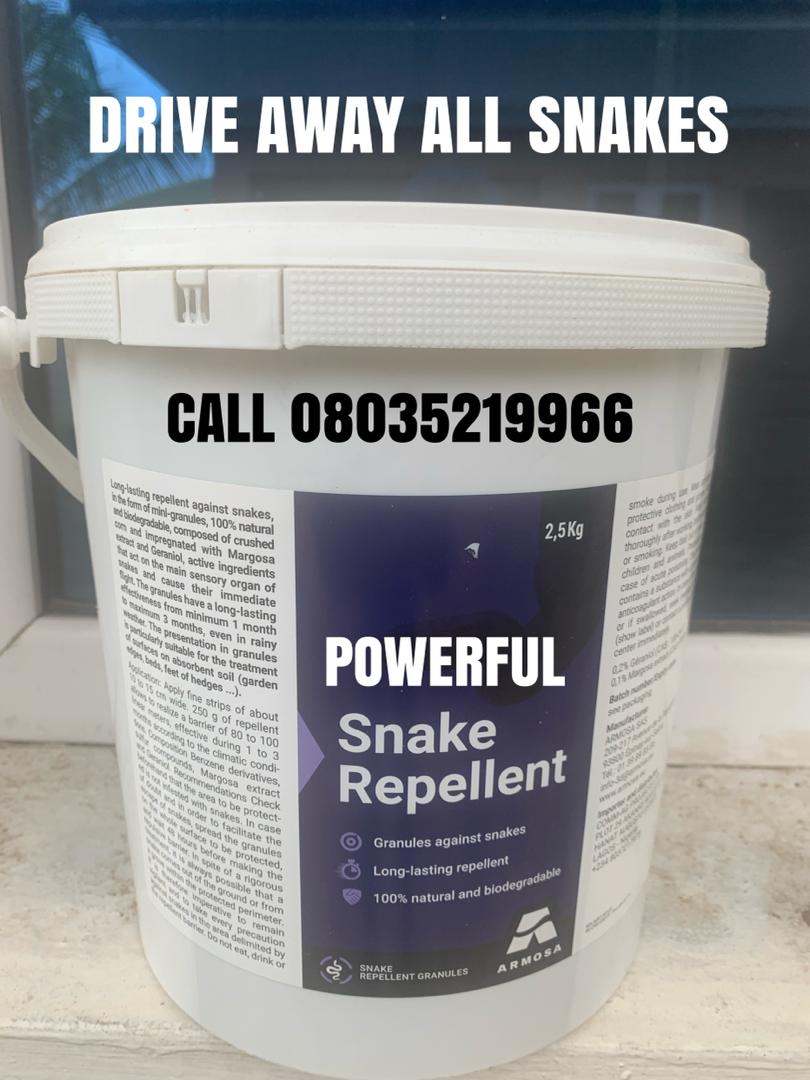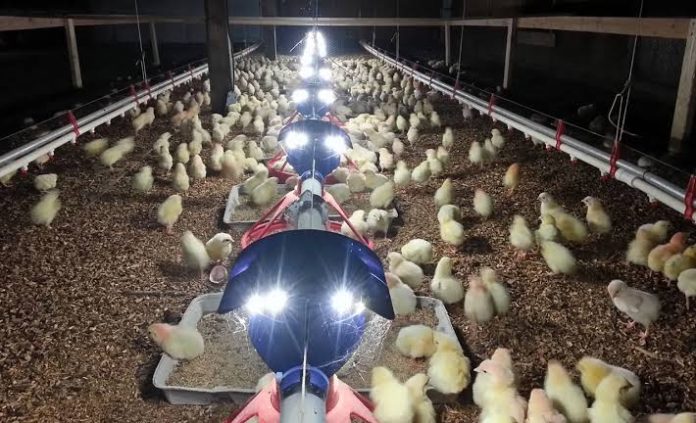22 things you should know about brooding
1. **Temperature Control:** Maintain an appropriate brooding temperature based on the species, usually starting warmer and gradually decreasing.
 Learn More
Learn More2. **Brooding Area Preparation:** Create a secure and draft-free brooding area to protect chicks from external elements.
3. **Brooding Equipment:** Use suitable heat sources like brooder lamps or heating pads to provide warmth to young birds.
READ ALSO 16 profit points in your poultry layer production
4. **Bedding Material:** Choose appropriate bedding material, like wood shavings or straw, to provide a comfortable and dry surface.
5. **Space Allocation:** Calculate sufficient space per chick to prevent overcrowding and promote healthy development.
6. **Ventilation:** Ensure proper ventilation to maintain air quality, preventing the buildup of harmful gases.
7. **Clean Environment:** Maintain cleanliness in the brooding area to prevent diseases and promote overall well-being.
8. **Water Accessibility:** Provide easy access to clean, fresh water to prevent dehydration.
9. **Feed Availability:** Offer appropriate starter feed to meet the nutritional needs of chicks during the brooding phase.
10. **Lighting Schedule:** Implement a suitable lighting schedule to encourage feeding and discourage pecking behaviors.

11. **Monitoring Behavior:** Regularly observe chick behavior for signs of distress, illness, or inadequate brooding conditions.
12. **Brooder Adjustment:** Gradually adjust the brooding temperature as chicks grow, mimicking natural conditions.
13. **Preventing Chilling:** Ensure chicks are warm during transportation and placement to prevent chilling.
14. **Brooding Duration:** Continue brooding until chicks have fully feathered or are capable of maintaining their body temperature.
15. **Space Temperature Gradients:** Establish temperature gradients within the brooding area, allowing chicks to self-regulate.
READ ALSO 10 THINGS YOU MUST NOT IGNORE IF YOU WANT TO SUCCEED IN BROILER FARMING BUSINESS
16. **Biosecurity Measures:** Implement biosecurity practices to prevent the introduction of diseases to the flock.
17. **Vaccination:** Follow a vaccination schedule to protect chicks from common diseases.
18. **Quality Feed:** Provide high-quality, nutritionally balanced feed to support optimal growth.
19. **Health Checks:** Regularly check chicks for signs of illness, deformities, or abnormalities.
ATTENTION: Click “HERE” to join our WhatsApp group and receive More updates directly on your WhatsApp!
20. **Avoiding Stressors:** Minimize stressors like loud noises, sudden movements, or overcrowding.
21. **Record Keeping:** Maintain records of hatchery information, vaccinations, and any observed health issues.
22. **Transition to Grow-Out Phase:** Gradually transition chicks to the grow-out phase, adjusting feed and environmental conditions accordingly.
Successful brooding is crucial for the early development and health of poultry, and attention to these details helps ensure a smooth transition from hatchery to a thriving flock.
🧩CREATED BY DR JOSEPH DEJI-FOLUTILE















